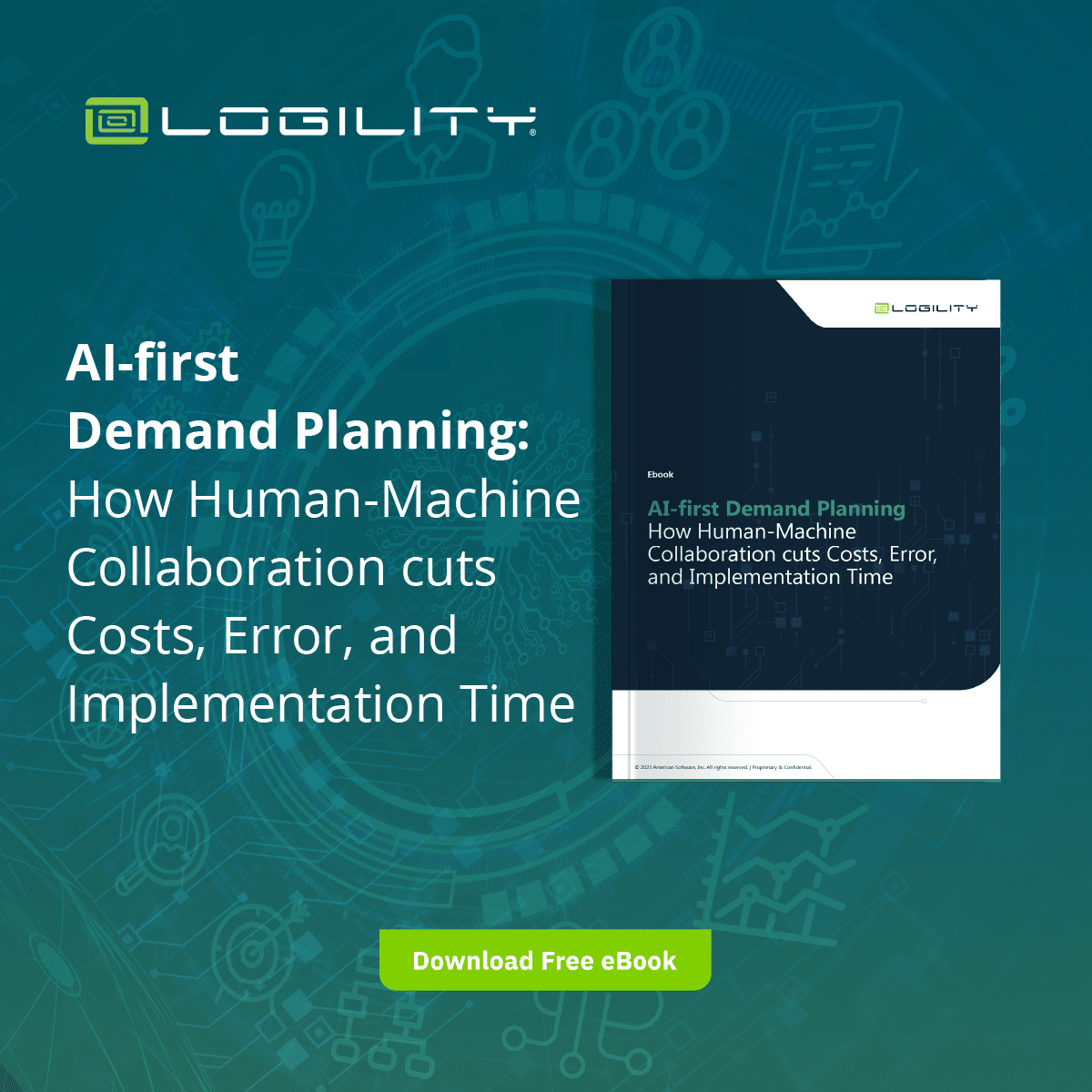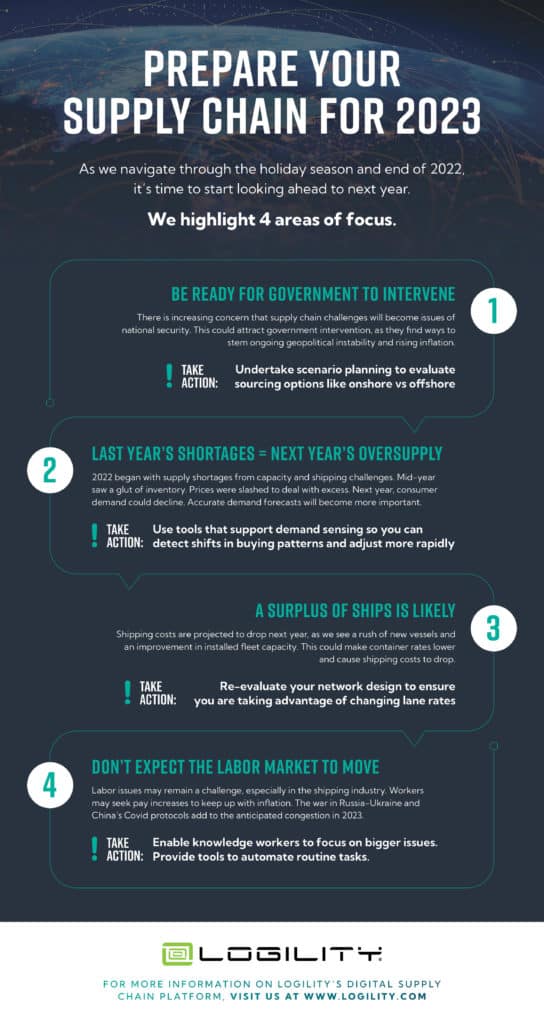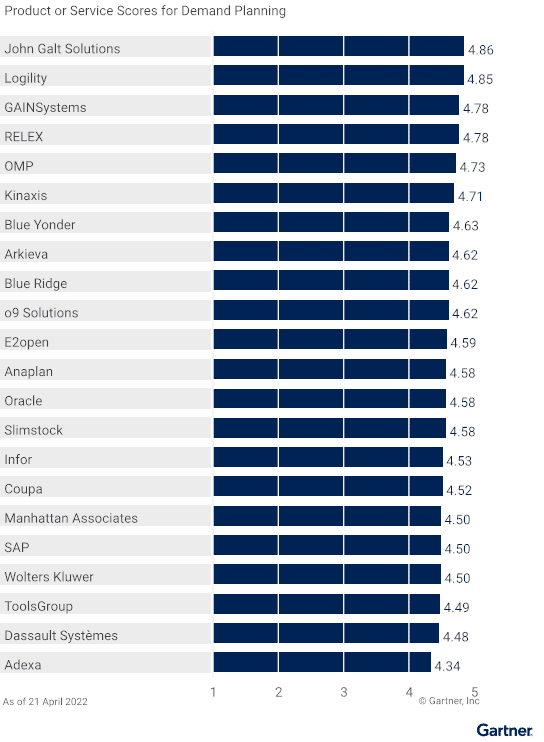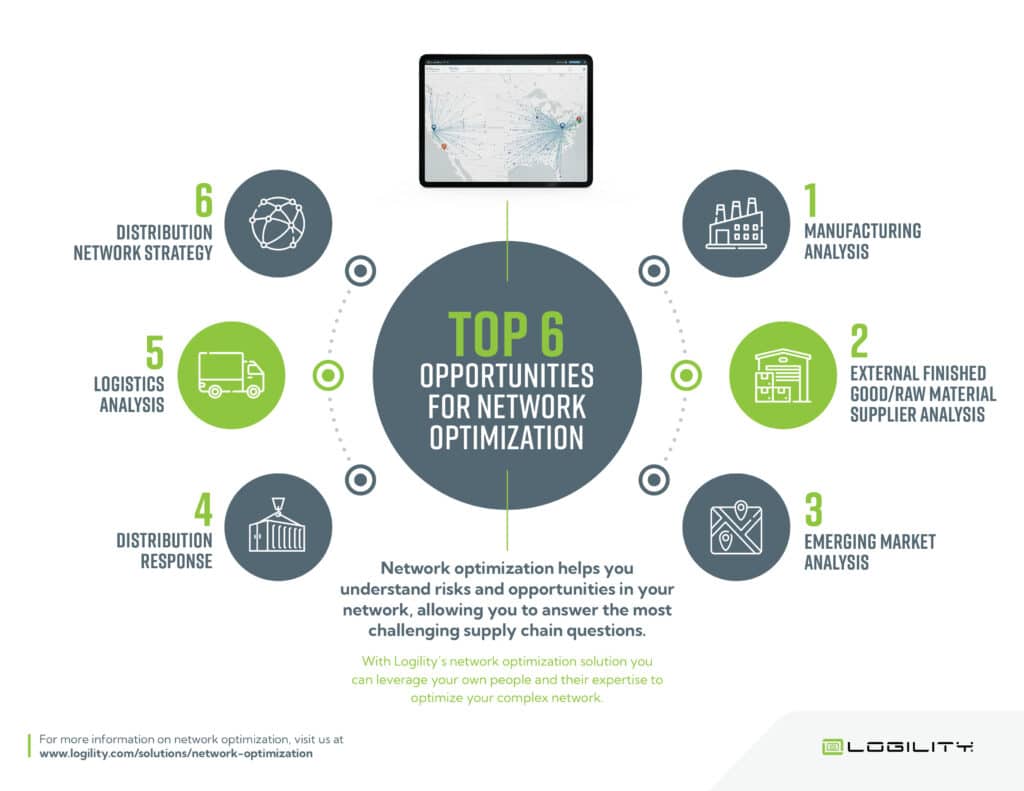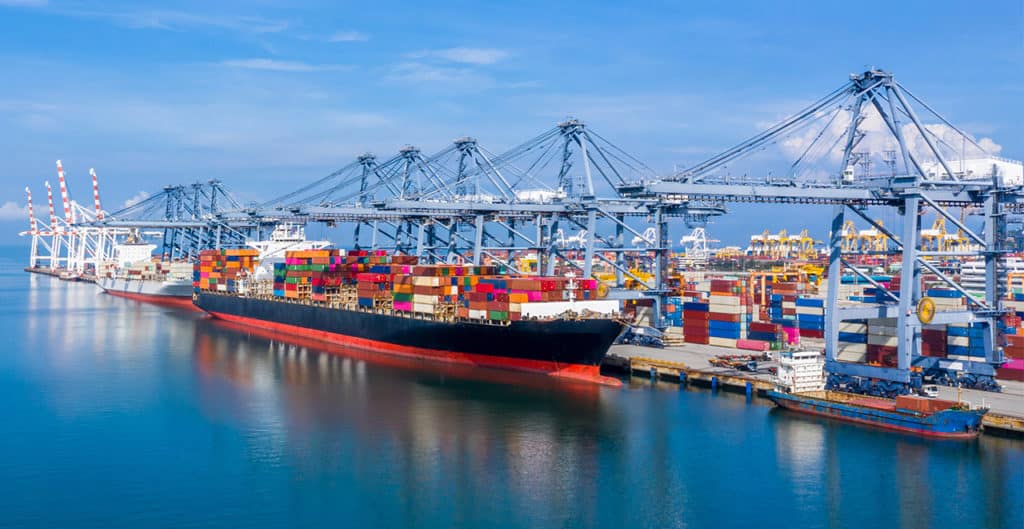A key factor in the success of Logility’s network optimization solution is the use of reference data.
At Logility, we believe that using market reference data is more statistically sound than relying on historical data from one customer. Yes, this data is comforting in that it reconciles back to accounting numbers. However, it is misleading when you try to predict what you will spend in the next period. Historical/company data is subject to:
- Lack of statistical depth — less than 20 data points for any given cost
- Accounting irregularities — shipments and payments that are discounted or readjusted later in the year
- Purchase bias — truckloads or shipments that made conditions favorable such as an available truck or a back-haul opportunity
But most of all, building a data model from scratch takes time — lots of time.
We believe users should be able to generate results immediately and be able to benchmark a model against their known costs. Think of our network optimization reference data as a tariff that you can adjust to match your businesses behavior.
Logility’s network optimization solution comes loaded with:
- Truckload rates
- LTL rates
- Parcel rates
- Intermodal rates
- Labor rates
- Lease rates
- And more
Nathanael Powrie, EVP of data analytics at supply chain consultancy firm Maine Pointe, highlights the value of reference data available in Logility’s network optimization:
“It is a game-changer to have the platform pre-loaded with transportation, warehouse and labor-cost reference data sets that represent accurate historical averages that provide the best indication of relative prices for our scenarios.”
Hear Nathanael discuss how Logility’s network optimization solution is driving faster, better supply chain decisions.
Get Faster Time to Value with Network Optimization
Logility’s network optimization solution supports today’s supply chain leaders to ask and answer questions that reduce the complexities of supply chain design, increase efficiencies and help accelerate confident decision-making.
Talk to our supply chain experts today about delivering better business outcomes with network optimization.
